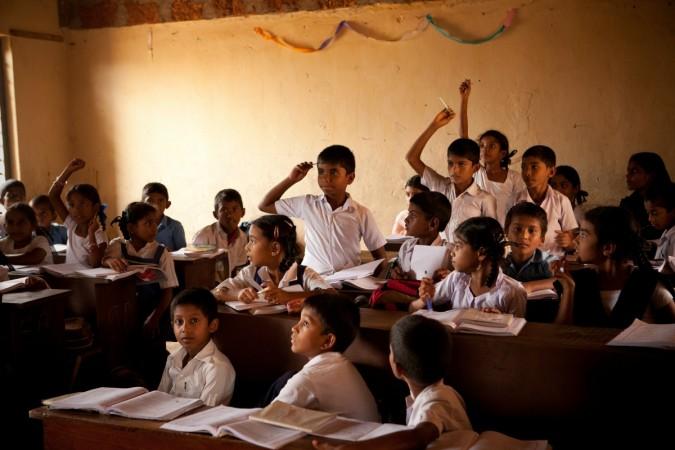
Muslims and Hindus tend to have the fewest years of formal schooling, but the same two groups have made the biggest educational gains in recent generation, according to Pew Research Center's global demographic study.
About one in five adults globally — but twice as many Muslims and Hindus —have received no schooling at all. About four in 10 Hindus (41 percent) and more than one-third of Muslims (36 percent) in the study have no formal schooling. At least 33 percent of Muslim women have no formal schooling.
The number of Hindus with at least some formal schooling in the last three generations, increased from 43 percent among the oldest Hindus in the study to 71 percent among the youngest. Muslims also registered a 25-point increase, from 46 percent among the oldest Muslims to 72 percent among the youngest.
Other religions such as Christians and Buddhists also made modest educations in basic education, but began from a higher base.
Jews are more highly educated than any other major religious group around the world. Their share has remained virtually universal across generations at 99 percent.
The gaps in education among religious groups are based on where they are concentrated geographically. For instance, the vast majority of the world's Jews live in the US and Israel — two economically developed countries with high levels of education overall. And low levels of attainment among Hindus reflect the fact that 98 percent of Hindu adults live in the developing countries of India, Nepal and Bangladesh.
Gender Religion and Schooling
While disparities have been decreasing with time, the study noted that formal education is especially low among Hindu women, who have 4.2 years of schooling on average, compared with 6.9 years among Hindu men. Over half of Hindu women (53 percent) have received no formal schooling, compared with 29 percent of Hindu men, a difference of 24 percentage points.
For Muslim women, 43 percent of women and 30 percent of men have no formal schooling, indicating a 13-point gap. But both Hindus and Muslim have reduced the gendered gap seen in educational attainment. Among the oldest Hindus, 72 percent of women and 41 percent of men have no formal schooling. But among the youngest Hindus in the study, the gender gap is smaller, as 38 percent of women and 20 percent of men have no formal schooling.
Similarly, Muslims also have reduced the gender gap across generations by 11 percentage points.
In total, more women than men have no formal education: As of 2010, an estimated 432 million women (23 percent of all women ages 25 and older) and 250 million men (14 percent of all men) lacked any formal education.

















